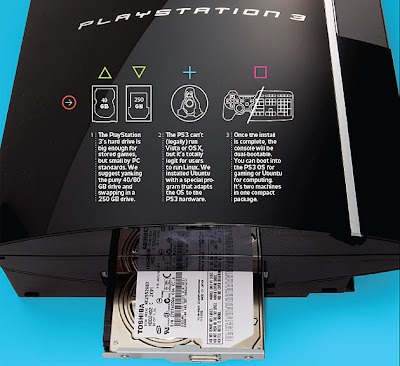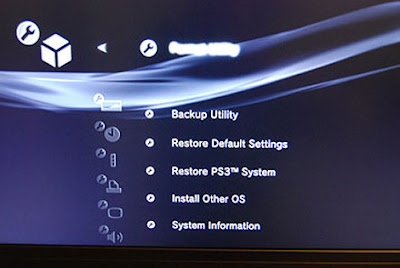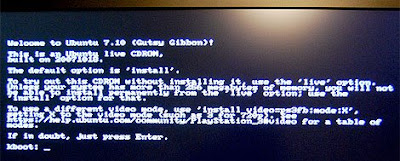PopularMechanics.com hits the asphalt to break down the latest rush of (pricey) fitness gadgetry. After two weeks on the course, they find the “running system” worth its weight on your feet — whether you’re in marathon training or out for a morning stroll.
With companies like Adidas, Apple and Motorola pumping out a mishmash of hybrid gadgets from GPS cellphones to heart-rate shirts, the biggest current trend in fitness technology—the rise of "running systems"—has left even marathoners mystified: Do flashy calculators from big-name brands warrant paying hundreds of dollars? How advanced a runner need you be to justify buying one? Are the built-in pedometers and GPS units even accurate? They sent two of their fittest to New York's Central Park for two chilly weeks worth of testing, suited up with six of the top running systems and plenty of skepticism:
Motorola KRZR with BiM Active
$199 (with two-year agreement from Verizon or Sprint; BiM, extra $10/month)FEATURES MP3, GPS, Voice, Maps, Phone
This popular cellphone provides convenient GPS measurements: Just tap a button to open the BiM Active program, wait about 10 seconds for the satellite, press GO, and it's recording your pace and distance. Afterward, the KRZR automatically uploads everything to a personal web page, complete with Google Maps. Unfortunately, the KRZR doesn't make for easy on-the-run monitoring, and the MP3 player is tough to navigate.
BOTTOM LINE The most accurate system in our test (see chart below) was also the easiest to understand. Not to mention it doubles as your cellphone—making for a safer run and the ideal cross-training gadget if you're a casual runner. Think the iPhone can pull that off?
Nike + iPod
$279 (Sport Kit with iPod link and running sensor, $30; Air Zoom Moire shoes, $100; 2GB iPod Nano, $149)FEATURES Pedometer, MP3, Voice, Maps
Connecting a small sensor on your iPod Nano to the pedometer inside custom sneakers, Nike-Plus offers jogging progress reports with intuitive iPod controls. Problem is, the armband cradling the system doesn't allow you to see the Nano's screen, while the shoes rely on less accurate stride input data. But you get audio feedback on your pace and distance as you run, "power songs" to keep you motivated, plus post-workout info online after a quick upload.
BOTTOM LINE With all the details you've come to expect from Apple, this powerhouse combo makes sense if you're a casual runner who already owns a Nano—or really needs that synched-up, pump-up tune.
Adidas-Polar
$675 (RS800sd running computer and S3 Stride Sensor W.I.N.D., $490; Fusion shoe, $120; Fusion top with built-in heart-rate sensor, $65)FEATURES Pedometer, Heart-Rate Monitor (HRM), Watch
Two clicks on a well-marked watch and you've activated this head-to-toe system—from the sport shirt with an embedded heart-rate monitor, down to the shoes with an "inertial" measuring pedometer. Despite all those connections, the pedometer remained the second most accurate on the track among the top six systems, though we both had to reset after Adidas-Polar had trouble learning our stride length (as opposed to the often inaccurate presets from the competition).
BOTTOM LINE Even without a satellite hook-up, this high-end package still puts the GPS systems to shame. But you better be a serious racer if you're going to shell out twice as much as the competition for it—and even more to upload your data. Plus, that wired shirt gets pretty stinky if you're running every day.
Timex Body Link
$350 (Trail Runner system; Triathlon model also available)FEATURES HRM, GPS, Watch
After strapping on a less-than-stellar armband and flipping its GPS switch, Body Link failed to pick up a satellite signal—both on our tree-lined running loop and away from the coverage and tall buildings. The watch's heart-rate monitor, though awkward and uncomfortable, worked well to combine with all the functions of the ever-reliable Timex Ironman.
BOTTOM LINE Timex might want to stick to keeping time. Without a reliable GPS receiver, this pricey system doesn't deliver enough for the casual or serious runner, unless looks really matter to you on the morning jog.
Suunto t3
$280 (watch system, $150; GPS addition, $130)FEATURES HRM, GPS, Watch
This sleek, supped-up watch does exactly what a GPS running system should do: log your training intensity, heart rate and distance. The buttons are subtle, which means you'll need to take your time getting the hang of connecting, monitoring and storing data. As a bonus, Suunto allows you to map your data to Google Earth for a bird's-eye view of your run.
BOTTOM LINE The t3's design is downright elegant. Although its accuracy finished in the middle of the pack, Suunto provides a solid system at a (relatively) reasonable price.
Motionlingo ADEO
$150FEATURES GPS, Voice
The cellphone-size accessory works as a standalone audio GPS unit or as a component to your MP3 player, so you can hear your progress along with music. Without a screen, you're forced to follow a confusing string of voice commands at setup. Like the Nike-Plus system, ADEO offers on-the-go audio feedback-only it's the least accurate at measuring distance of the bunch. And Motionlingo's software for measuring your training progress didn't work much better, crashing three times when we tried to upload data.
BOTTOM LINE With an annoying, audio-only interface and unreliable test results, the ADEO warrants consideration from only the most penny-pinching of athletes.
| GP$: Is It Worth It? | |||
| If you're going to drop a couple hundred bucks on your triathlon training, that running package better work perfectly. But GPS perfection comes at a cost: Lost signals, system malfunctions and botched calibration are, sadly, common occurrences on a sliding scale of accuracy that, for the most part, goes up the more you pay. Here's how our GPS measurements stacked up in some 25 miles of repeats around the same 1.73-mile loop: | |||
| Product | Price | Distance (best) | Accuracy (%) |
| MotoKRZR | $209* | 1.73 | 100 |
| Adidas-Polar | $675 | 1.79 | 96.6 |
| Suunto | $280 | 1.66 | 96 |
| Nike+iPod | $279 | 1.83 | 94.6 |
| ADEO | $150 | 1.20 | 70 |
| Timex | $350 | (No Signal) | N/A |



































